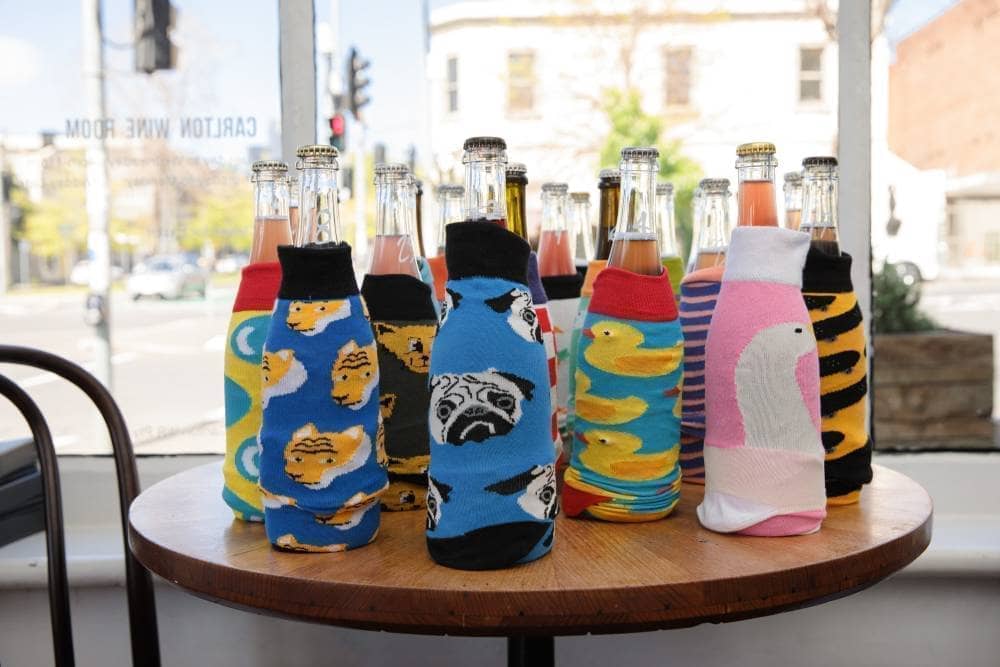A mélange of all the Giant Steps sites fermented in clay eggs, then sealed for maturation, this has all the Giant Steps chardonnay character and precision with a chalky mineral overlay that adds complexity to nose and palate, lending an almost umami savoury feel to the citrus and cool stone fruit profile.
Tasting note
All the Giant Steps vineyards get pressed into clay eggs, with the lids sealed with clay at the end of fermentation. The coolest sites (Applejack and Wombat Creek) from a cool year went through malo. This has a lifted nose of yellow citrus and cool nectarine with a distinct overlay of sea spray and chalk. That sensation persists on the palate with a charmingly chalky texture, giving the impeccable fruit a subtle mineral accent both to the flavour and the texture, laser-like acidity closing things out.
Themes of this wine
Chardonnay
With an explosion of interest over the last few decades, chardonnay is now the world’s most planted white grape. With its ability to grow in varied conditions and make everything from sparkling wine, to lean and mineral whites, to full-bodied textural expressions, it is perhaps no surprise to see Burgundy’s key white grape become so dominant.
Yarra Valley
The Yarra Valley, about 50 km north-east of Melbourne, is one of Australia’s premier wine regions, and one of the country’s coldest viticultural zones. The regional champions are chardonnay and pinot noir, with cabernet and shiraz in more than able support. Aside from the vinous pedigree, the Yarra is also one of the best serviced wine regions for visitors, with a wealth of cellar doors and restaurants, and ample accommodation across the price spectrum.
Egg-shaped fermenters
Amphorae are some of the most ancient winemaking vessels, and the modern practice of using ovoid fermenters is a very similar idea, with the shape encouraging ferment vectors to swirl and tumble. While amphorae are typically made from clay, eggs (and various other similar shapes, including tulip-shaped vessels) come in a range of materials, from concrete to ceramic to steel.



